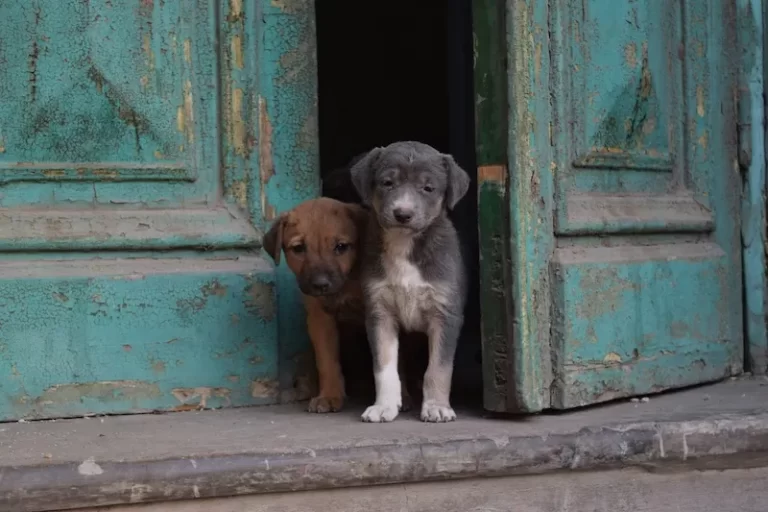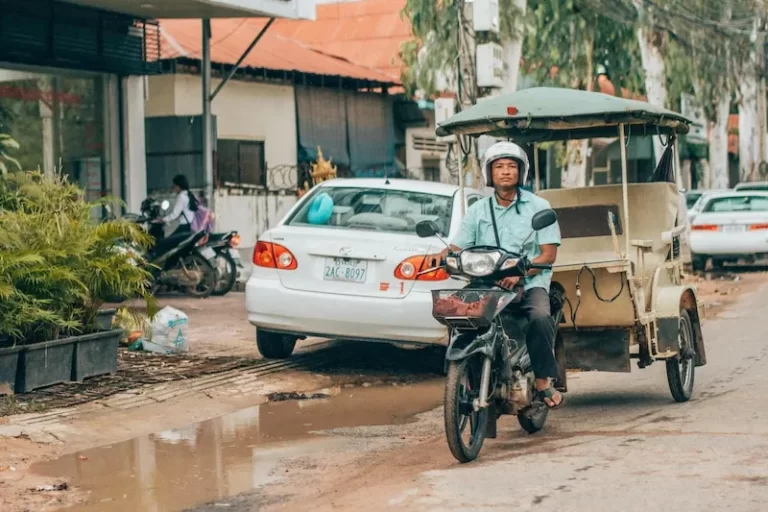A Painful Truth Behind the Word “Rescue”
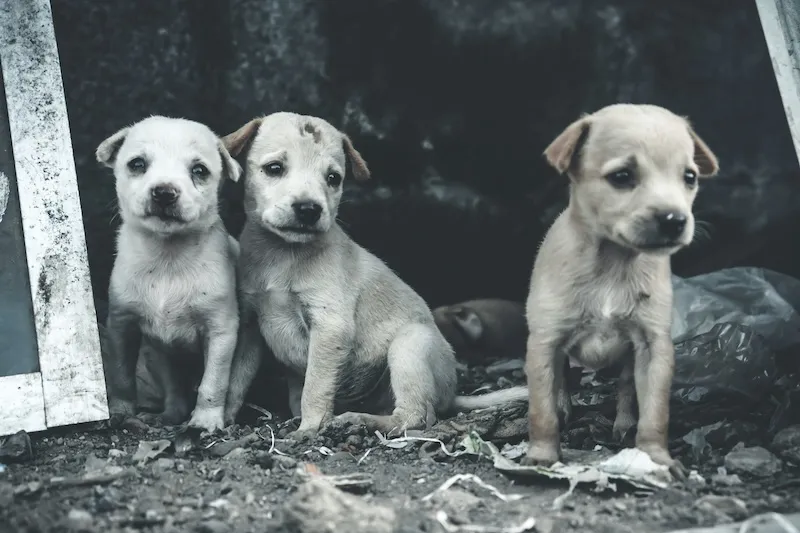
Over the years of living in Cambodia, I have met many wonderful souls doing incredible work in the world of animal rescue. But sadly, I have also seen the other side—the heartbreaking reality where “rescue” is little more than a label, used not out of love for animals, but for personal gain.
One such experience is leaving a mark on my heart that I will never forget. It reminded me just how important it is to look deeper, ask questions, and advocate for those who cannot speak for themselves.
A Place That Wasn’t What It Seemed
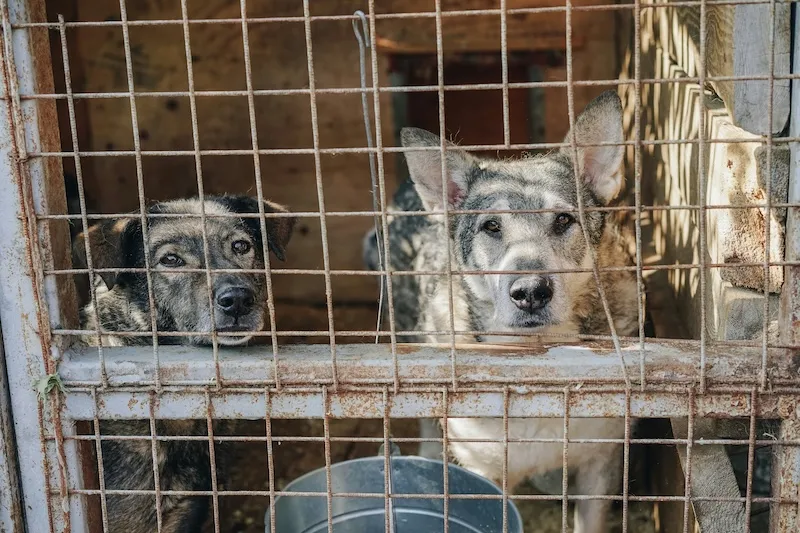
When the owner of a local dog sanctuary was hospitalized, a group of us—concerned animal lovers and volunteers—came together to help care for the dogs. What we uncovered, however, was far from a sanctuary. It was a place of neglect and suffering.
Dogs lay in their own waste, painfully thin, some too frightened to even approach. I was told one particular dog was aggressive and likely to bite. But as time went on, the truth became clear—she didn’t bite; she was simply terrified. She had never known safety or kindness. Dogs, being incredibly intuitive, can sense when they are in an unsafe environment, and this explains why one of them was always running away.
This wasn’t care—it was chaos. It certainly wasn’t rescue.
For a real look at what genuine rescue looks like, read: Dogs In Cambodia | 1 Proven Tale Of Compassion And Dedication. This man goes above and beyond to help animals, and if you can help in any way, please visit his website: www.kampotdogsanctuary.org.
When Abuse Wears the Mask of Kindness
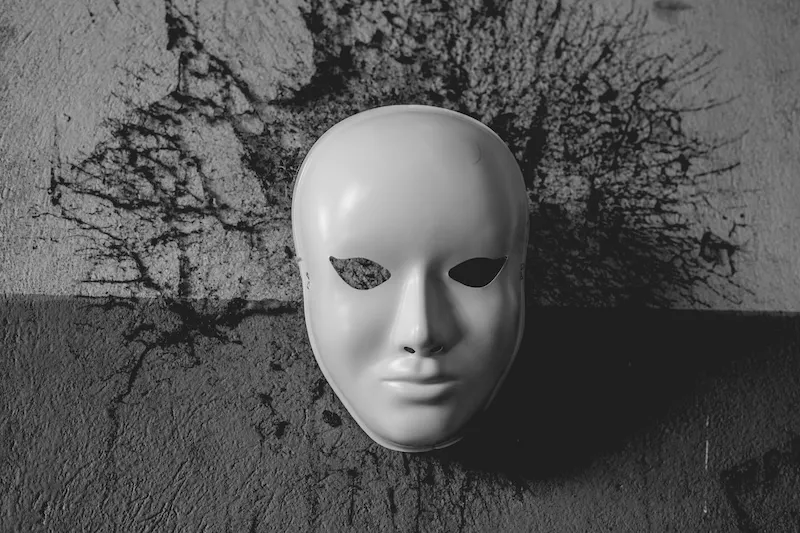
What made this even harder to process was the dishonesty. Volunteers were told there was no funding, but that simply wasn’t true. The sanctuary had received outside support, and the owner herself was financially secure. Yet basic necessities like vaccinations for rabies, parvo, or distemper, and essential treatments for mange and ticks were neglected over the last two years. But empty bottles of gin can be found all over the house and garden.
Over the years, this person had also created conflict with other local sanctuaries and even local vets. Sadly, we were not the first to raise concerns. And it became clear that the mission was not to rescue animals—it was about control, recognition, and social media presence.
If you’re wondering how to genuinely help, take a look at: Help 2 Transform The Lives Of Street Dogs In Kampot, Cambodia
How to Spot a Genuine Animal Rescue
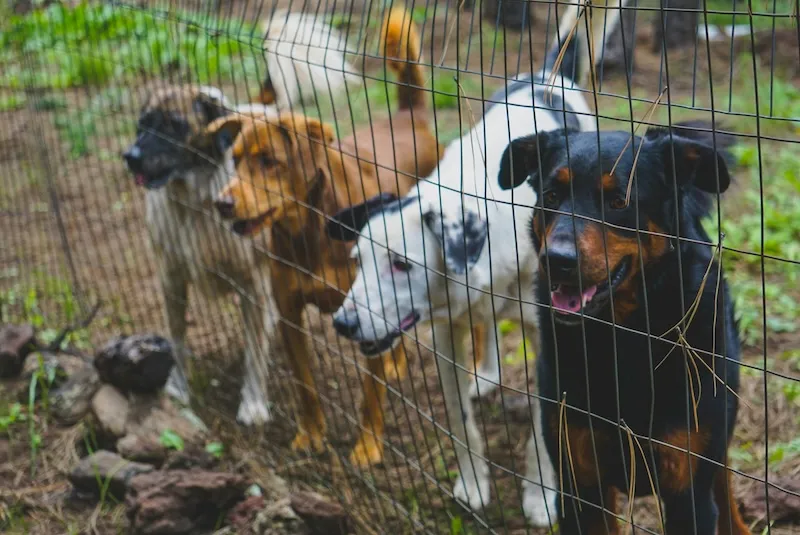
It is not always easy to tell the difference between a true rescue and one that’s fallen short of its purpose. But with a little care and observation, you can ensure your support goes to the right place—one that truly puts the animals first.
Here are a few thoughtful ways to assess whether a rescue centre is genuinely helping:
- Speak to local vets – Have they had experience with the rescue? Are there any concerns or complaints that have been raised?
- Reach out to nearby rescue groups – Are there signs of mutual respect and cooperation, or has the rescue caused conflict and concern?
- Observe the animals – Do they appear well-fed, clean, vaccinated, and at ease with people? Or are they withdrawn, anxious, or showing signs of illness or neglect?
- Look around the facility – Is it clean, peaceful, and well maintained? A calm and orderly environment usually reflects responsible care.
- Ask questions – How are donations spent? Are the staff or volunteers treated kindly and fairly?
At the heart of every genuine rescue are three vital ingredients: transparency, collaboration, and compassion. If any of these are missing, it’s worth taking a closer look.
Considering adoption? Here’s a beautiful reminder of why it matters: Dogs | 10 Excellent And Fulfilling Reasons To Adopt
Hope in the Midst of Heartache

This experience was deeply painful for everyone involved. Myself, a doctor, and two other volunteers managed to get through it only because we held on to one truth—it was never the dogs’ fault. They believed they were being rescued, yet what they faced was another chapter of neglect and fear.
But there is light in the darkness. Many of these dogs have now found genuine homes. They’ve received proper medical care, their vaccinations, and—perhaps for the first time—real love. You can see it in their eyes. Their tails wag without hesitation, their bodies relax, and their spirits shine through.
They’re no longer merely surviving—they’re flourishing. Just like children who’ve known hardship, animals can heal when they’re finally safe, seen, and truly loved.
Want to be part of the change? Pay It Forward In 1 Astonishing Life-Changing Way
Let’s Do Better, Together
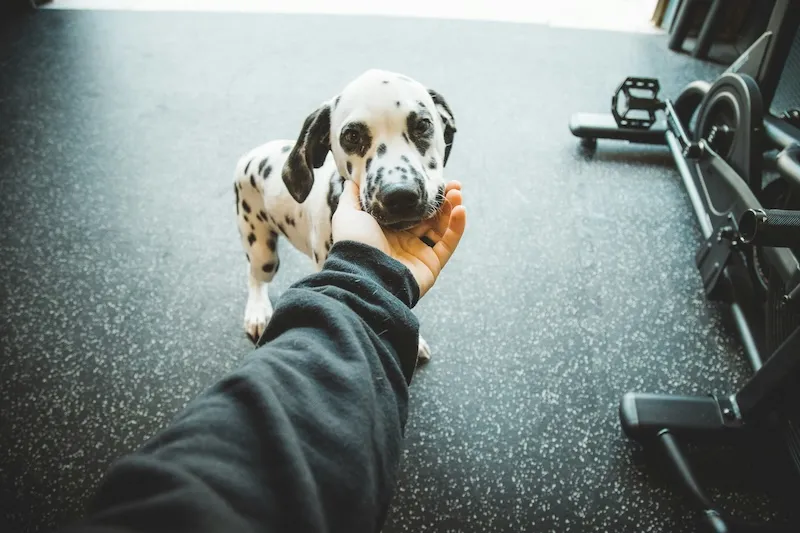
This is not about blame or name-calling—it’s about responsibility. It’s a call for awareness, integrity, and a deeper kind of compassion. Because animal rescue is not a stage for ego or praise. It’s a sacred promise to protect, to heal, and to love unconditionally.
The dogs who have been through so much don’t need to be the subject of blame or criticism—they need our actions. If you care about animals—and I believe you do—please look closely at where your support goes. Choose transparency over image. Choose kindness that runs deep, not kindness that performs.
The animals we rescue have already endured enough. They don’t need our pity. They need our courage, our commitment, and our truth.
Read more on this subject in: Animal Welfare In Cambodia | 3 Steps To Save Lives

